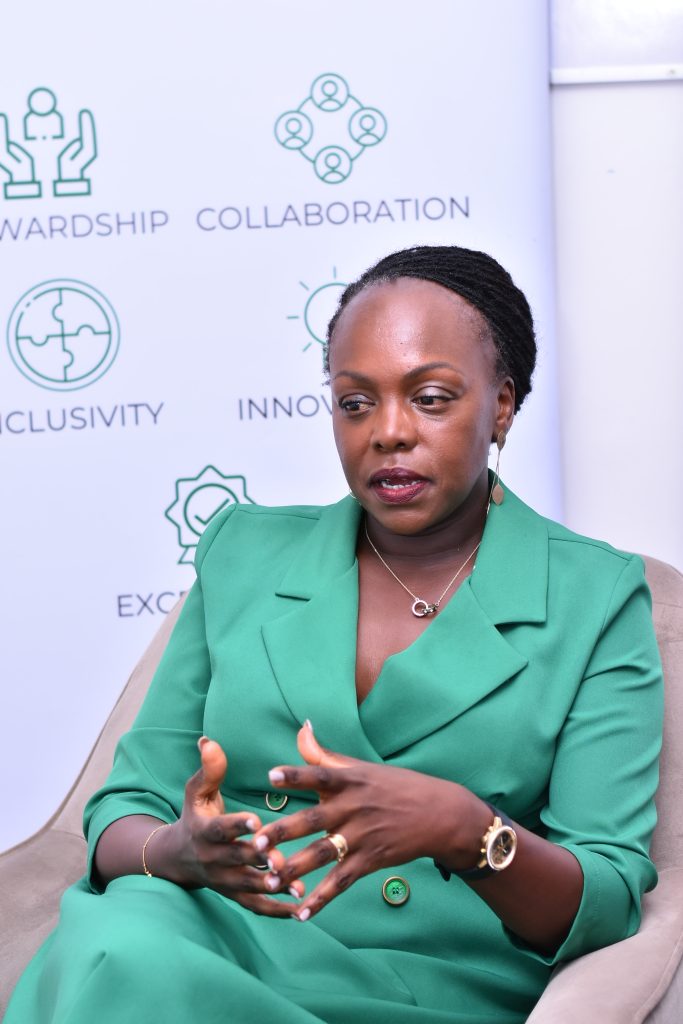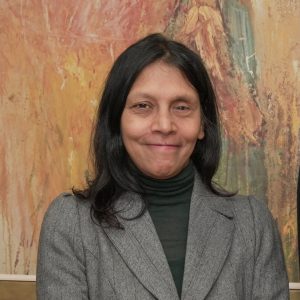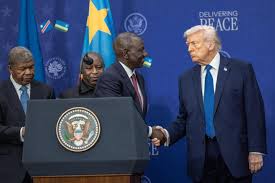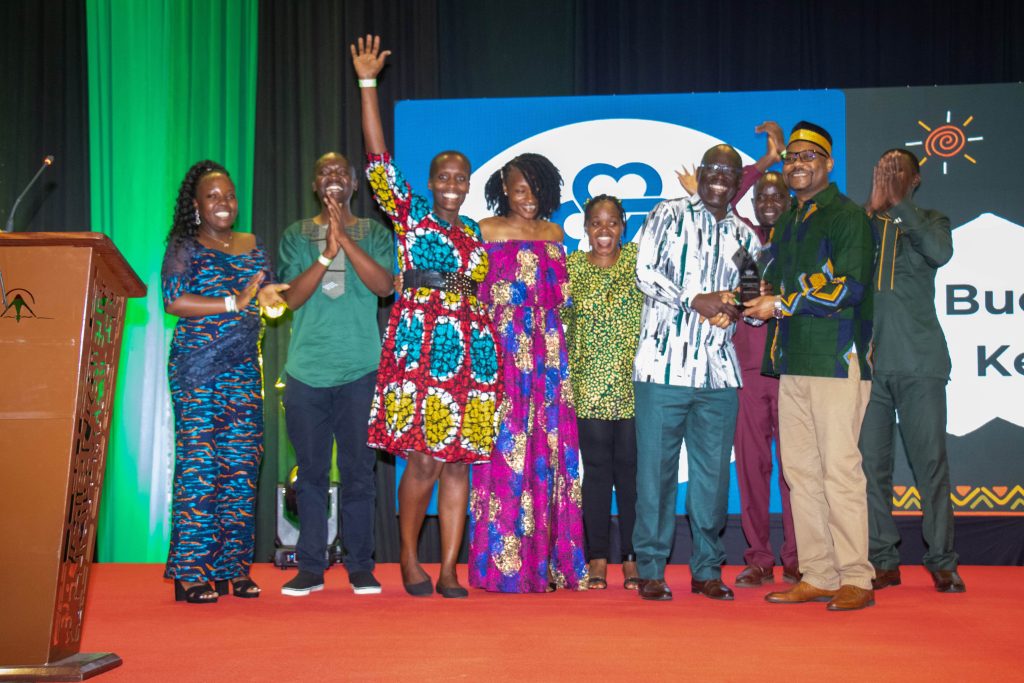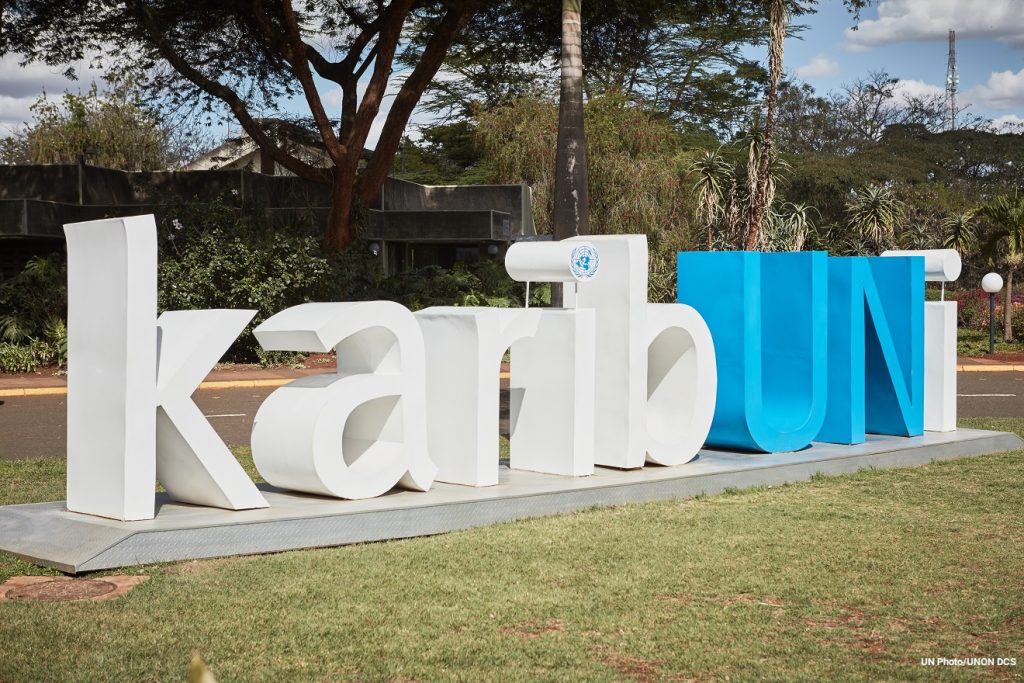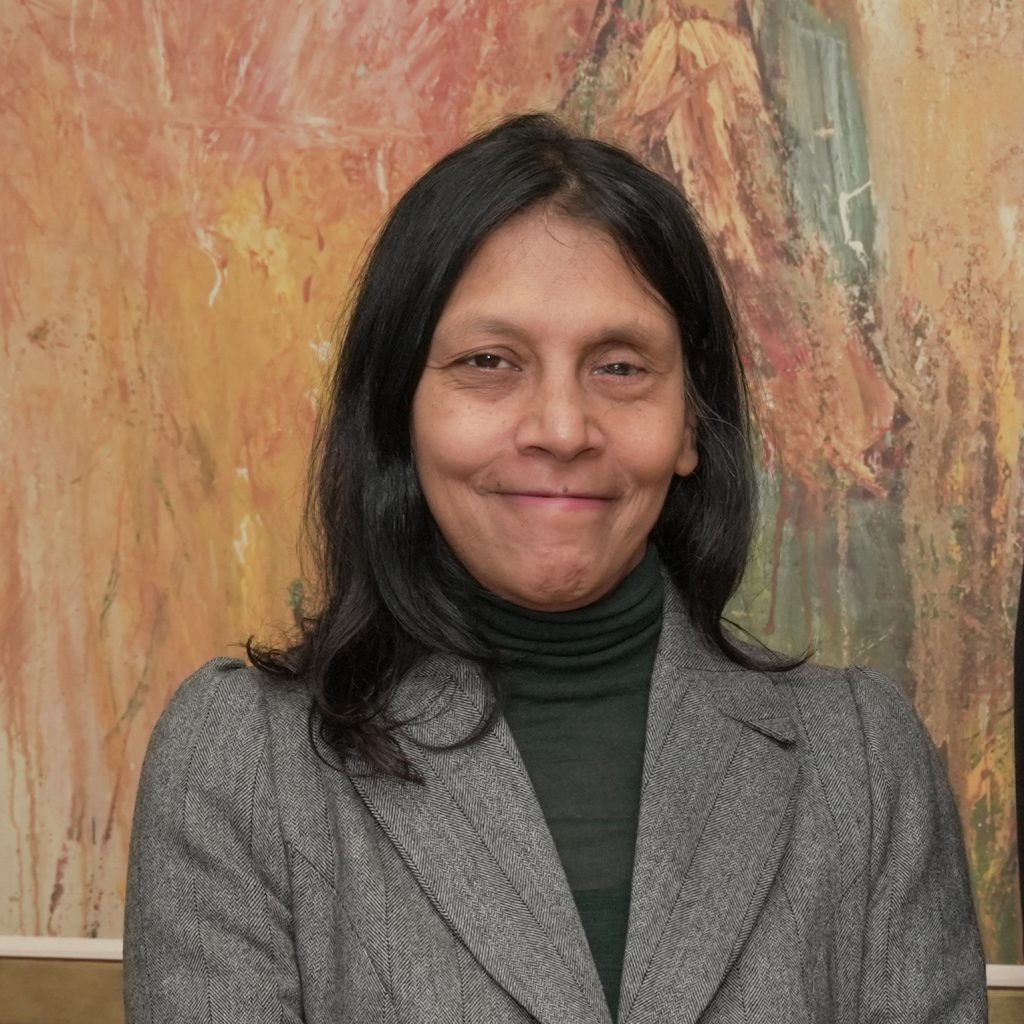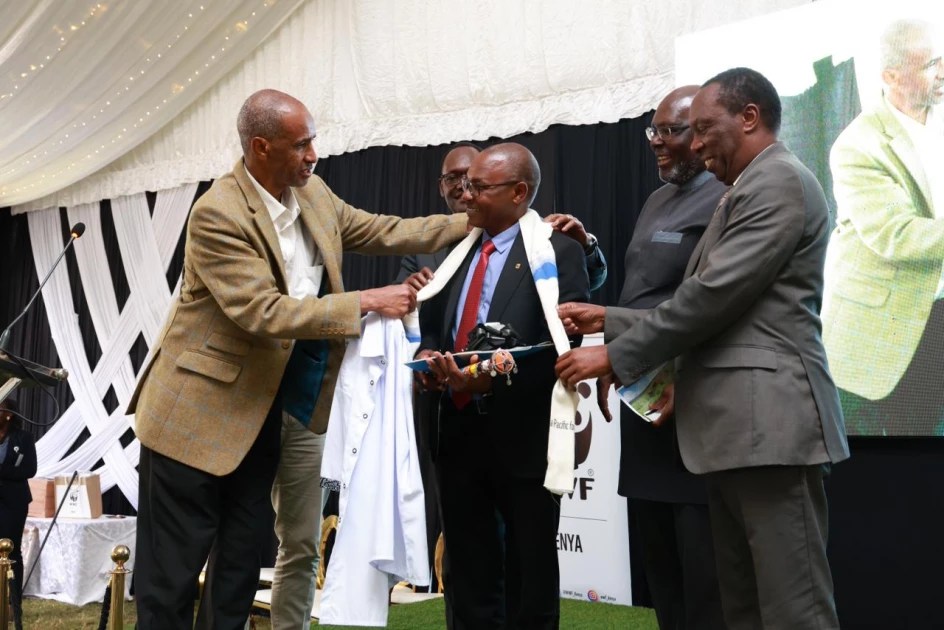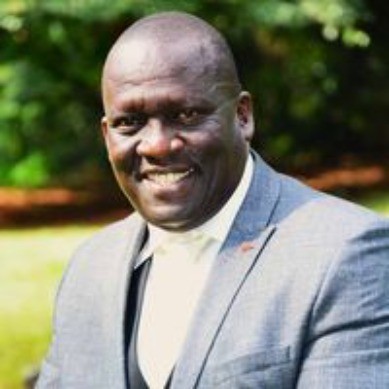
The Center for International Health Education and Biosecurity-Kenya (CIHEB-Kenya) was among the standout organizations at the inaugural NGO Awards 2024, winning two prestigious categories: Best NGO of the Year and Best Health NGO.
In an exclusive interview with NGOs.co.ke, Dr. Emily Chepkorir Koech, CEO of CIHEB-Kenya, shares insights on the organization’s achievements, their community-driven approach, and their vision for the future.
Congratulations on winning two major categories at the NGO Awards 2024! What do you think contributed to this achievement?
Thank you so much! Our success is driven by our extensive reach and impactful programs. We support HIV services in over 840 health facilities across 10 counties, serving approximately 25% to 30% of Kenyans living with HIV. That means nearly a third of HIV-infected individuals in Kenya receive HIV care in a CIHEB-Kenya supported facility.
We align with UNAIDS’ 95-95-95 targets which is the global model to end HIV epidemic. Kenya has 1.4 million people living with HIV, and the goal is to ensure 95% are diagnosed, 95% of those receive treatment, and 95% of those on treatment achieve viral suppression.
Beyond HIV treatment, we played a key role in the COVID-19 response. When the pandemic broke out, we joined the National Technical Working Group, developed training materials on COVID-19 vaccination, and helped roll out the COVID-19 vaccine across 14 counties, including the 10 where we already operate.
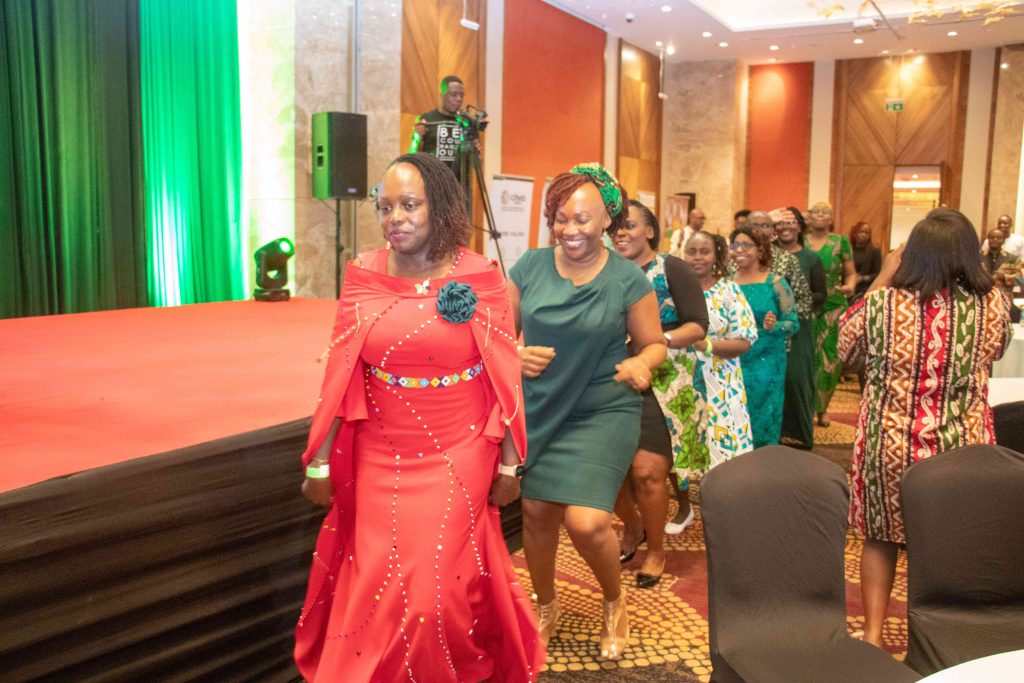
What does winning these awards mean to you and the organization?
Sitting in the awards room, I saw so many exemplary organizations that have done incredible work. Winning in two categories was a humbling honor.
It validates the community-driven and impact-focused work we do. This award gives us motivation to keep going, and we deeply appreciate the people who voted for us.
What sets CIHEB-Kenya apart from other health-focused NGOs?
Our solutions are community-led and community-based, which makes them more impactful and sustainable.
For instance, we work with fisherfolk communities in Migingo Island, a high-risk group for HIV. Rather than waiting for donor funding, we proactively build relationships with Beach Management Units, train them, and set up health services and clinics to provide HIV care.
We also identify and train community health volunteers who already work in these areas, rather than bringing in external personnel. This approach fosters continuity, trust and efficiency.
Additionally, we adapt and scale best practices from other regions to develop tailor-made solutions for to meet the unique needs of diverse populations.
Finally we align fully with national policies and county systems allowing for ownership, and adopt a broad health system strengthening approach necessary for greater impact.
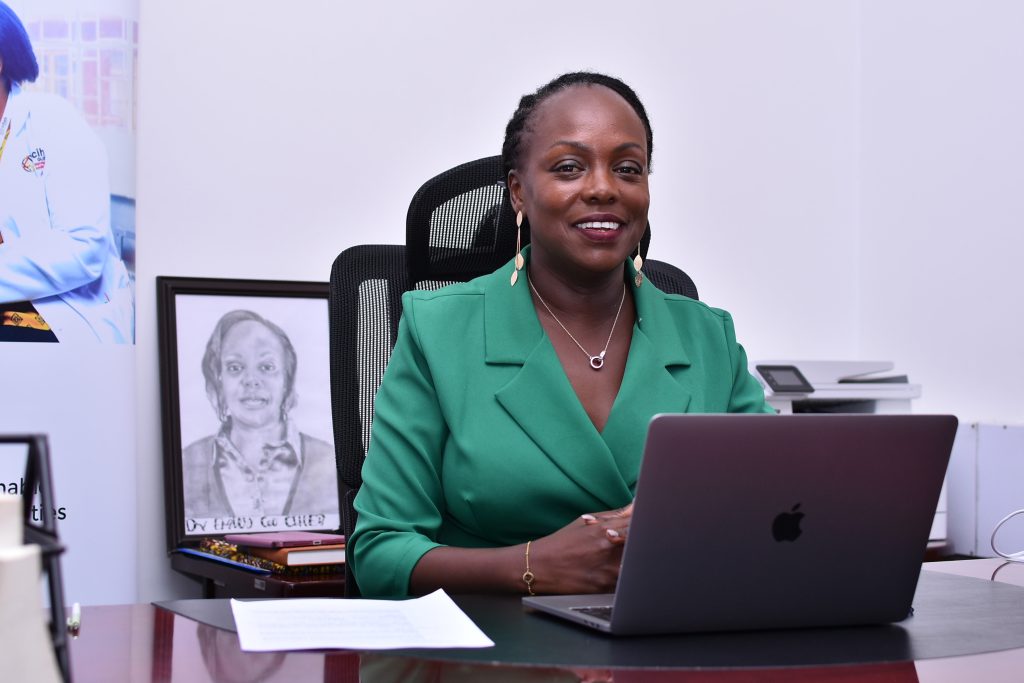
What are some of CIHEB-Kenya’s most impactful projects?
I’m particularly proud of our HIV prevention and treatment programs. In the 1990s, when I was a doctor, we only treated HIV symptoms, which weren’t effective. Now, with comprehensive testing, treatment, and education, we have significantly reduced HIV transmissions.
One of our greatest successes is providing world class HIV and TB care within public health facilities. Many don’t realize this, but public hospitals provide excellent comprehensive HIV care probably superior to that in majority of private facilities. Why? Because it’s a comprehensive approach with continuous education, follow-ups, and free reminders for clinic appointments and ARV refills supported by peer counsellors. Achieving high viral suppression rates means zero HIV transmissions.
We’ve also extensively worked with key and vulnerable populations, including:
- Female sex workers
- Men who have sex with men
- Fisherfolk communities
- Adolescent girls and young women
We have launched large prevention programs, focusing on education, economic empowerment, and tailored training.
For instance, we encourage female sex workers to educate their peers on safe sex practices and HIV prevention. For adolescent girls, we focus on empowering them to make informed choices and avoid high-risk sexual behavior.
As a result, we’ve reduced new HIV transmission rates among sex workers with HIV positivity rates being <1% among those enrolled in our programs compared to 7-10% among those newly enrolled. We’ve also achieved a 96%-97% viral suppression rate among the currently, 330,000 people on ART (Antiretroviral Therapy) in our program.
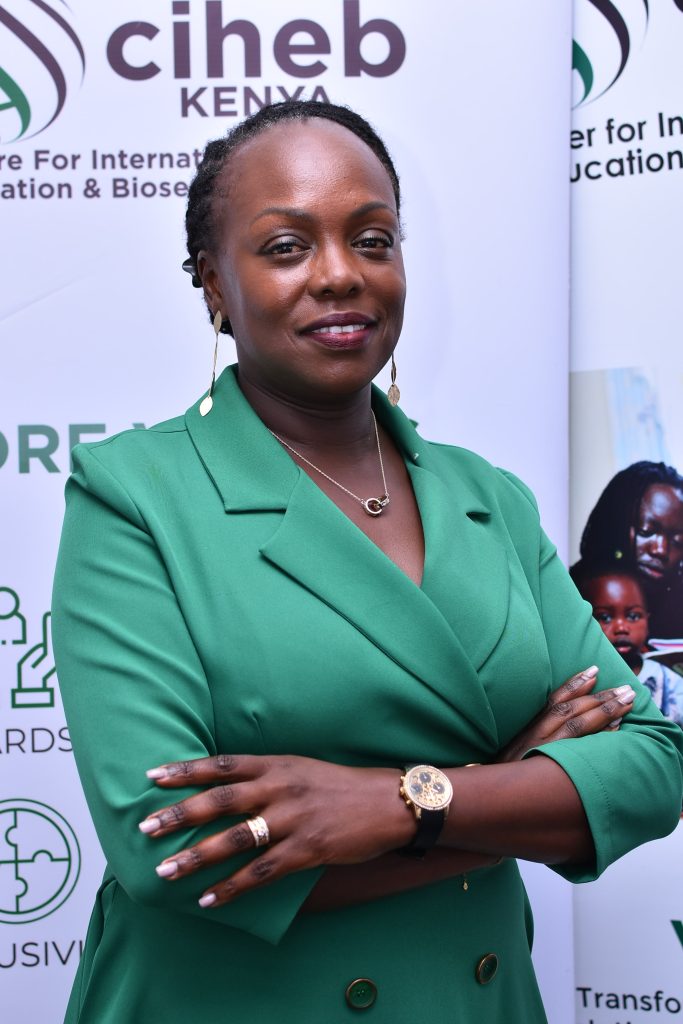
Tell us about your journey to becoming CEO of CIHEB-Kenya.
I began my career as a physician, working in remote provinces, setting up HIV care centers from scratch in the early 2000s. Because HIV treatment was not yet decentralized, people travelled long distances to HIV treatment clinics (comprehensive care centers)
In Kitui county, for example, patients had to leave early because the only bus taking them home departed at a specific time. Some missed the bus and had to sleep at the facility – it was a real challenge.
From clinical practice, I transitioned into public health leadership, joining the Ministry of Health as an ART Officer at NASCOP. Over time, I led the national HIV treatment program shaping policies and expanding treatment access across the country.
In 2007, I moved to Columbia University’s ICAP program, working on HIV projects. In 2013, I received a scholarship to study at Columbia University, New York, where I earned my second Master’s in Public Health (Epidemiology).
Upon returning to Kenya in 2014, I joined University of Maryland, Baltimore (UMB) as a Senior Technical Advisor, later rising to Deputy Country Director and eventually Country Director. In 2020, we rebranded to CIHEB-Kenya a non-governmental organization, focusing on localizing solutions for Kenyan communities.
What is your vision for CIHEB-Kenya moving forward?
Our vision is to provide transformative and sustainable solutions for healthy communities.
Many NGOs come and go, but we want to build capacity so that our programs continue even after we leave. We aim to create robust, long-lasting health programs and reduce dependency on donor funding.
I also want us to respond swiftly to emergencies, without having to wait for funding. To achieve this, we must think outside the box and develop self-sustaining health models.
How does CIHEB-Kenya maintain its high standards and continue innovating?
We have a competent board overseeing our work. It comprises professionals from diverse industries, providing strategic guidance.
We also prioritize hiring competent technical experts to implement our programs and are constantly learning new things. The aim is to establish strong systems to support our processes. For example, we’ve invested heavily in ICT experts to assess and improve our systems.
What challenges has CIHEB-Kenya faced, and how have you overcome them?
The biggest challenge is uncertain donor funding. The current funding stop-work orders on our USG funded programs affected over 5,000 families—both directly and indirectly—our own staff and those supported by our sub-granted partners in six counties.
Another challenge is maintaining our core values when working with multiple stakeholders. As funding trickles down, principles like stewardship, excellence, and inclusivity can be diluted.
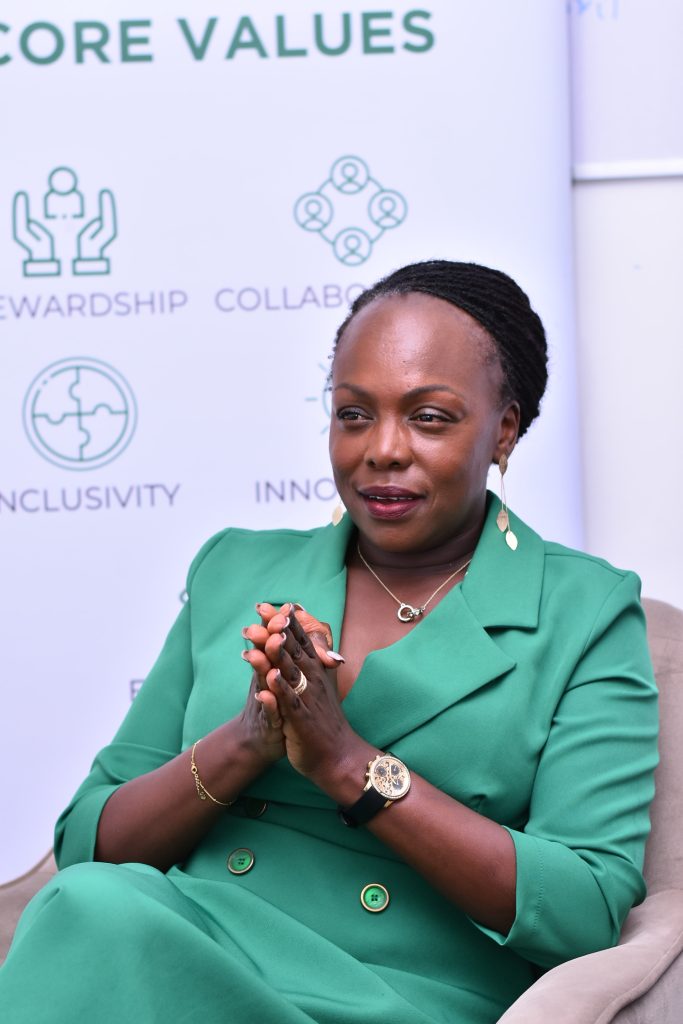
What message do you have for the CIHEB-Kenya team and stakeholders?
To my team: Our hearts are in the right place. Let’s trust the process and remain committed.
To our donors and partners: Thank you for trusting in my leadership and our partnership. We will continue to work tirelessly to ensure quality healthcare for all.
Learn more about CIHEB-Kenya on their website

